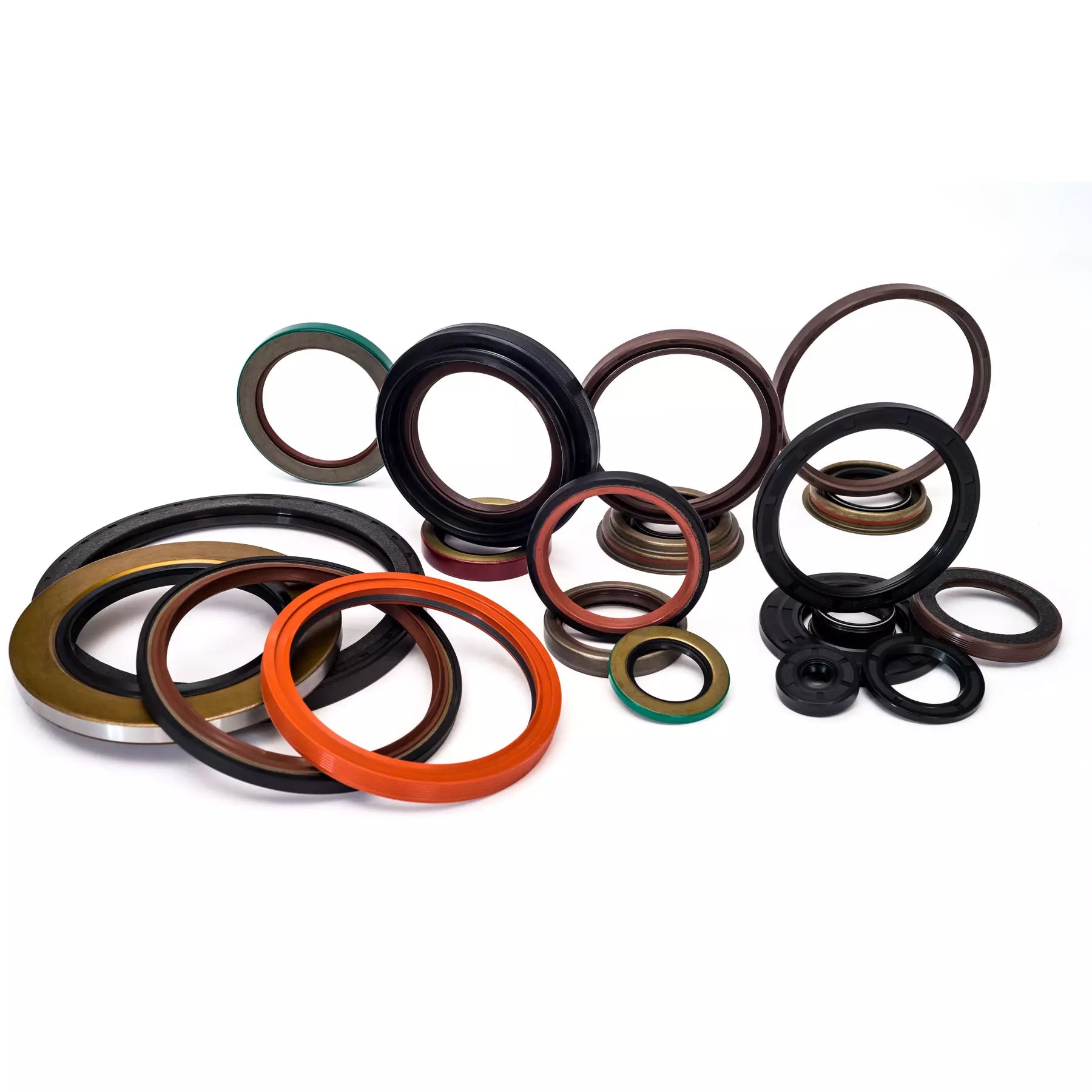Industrial Seal Failure: Mechanisms, Risk Quantification & Advanced Mitigation Strategies
Authored for Engineering & Maintenance Teams | Version 1.0 | June 2025
1. Executive Summary
Seal failures in critical systems (pumps, reactors, pipelines) cost industries $2.3B annually in
unplanned downtime and environmental penalties. This white paper analyzes:
-Dominant failure modes (creep, vibration, corrosion) across 50+ case studies
-Predictive models for leakage quantification using stress simulation and probabilistic risk analysis
-Field data validating 73% downtime reduction via advanced sealing systems
Actionable protocols for seal lifecycle management and technology selection are included.
2. Dominant Seal Failure Mechanisms
2.1 Creep Rupture in High-Pressure/Temperature Systems
-Root Cause: Natural circulation in coolant systems (e.g., nuclear reactors) generates sustained
thermal stress. Creep rupture risk spikes at >16,000s exposure to >300°C .
-Critical Zones: Steam generator (SG) tubes, pressurizer surge lines, hot legs. SG tubes show lower
creep risk vs. surge lines (post-16,610s) due to material resilience .
-Consequence: Containment bypass → radioactive/corrosive fluid release.
2.2 Vibration-Induced Leakage
-Dynamic Loads: Pump/compressor vibrations cause micron-level seal gaps. Low-viscosity
lubricants (<20 cSt) exacerbate film instability .
-Quantitative Model: Double-cone seals exhibit <0.001% leak rates under vibration when stress
distribution is optimized via finite element analysis (FEA) .
2.3 Chemical Degradation & Wear
-Abrasive Media: Particulate-laden fluids accelerate seal erosion (e.g., catalyst fines in
petrochemical pumps).
-Material Limits: Standard nitrile rubber fails within 500h in acidic (pH<2) or alkaline (pH>12)
environments.
3. Advanced Leakage Quantification Methods
3.1 Digital Twin Simulations
- Approach: Replicate seal behavior under thermal-pressure cycles using ANSYS/COMSOL.
- Case Study: Double-cone reactor coolant pump (RCP) seals:
- Simulated stress hotspots matched 92% of field-observed leakage paths .
- Leak rate prediction error: ±3% vs. ultrasonic measurement data .
3.2 Probabilistic Risk Assessment (PRA)
- Model Inputs: Temperature profiles, transient pressure spikes, seal material properties.- Output: Time-to-failure distribution (e.g., 16,361s as critical threshold for SG tube rupture risk ).
3.3 Real-Time Monitoring
- Sensors: Acoustic emission + temperature piezoresistors.
- API 4.0 Integration: Leak alerts trigger automated safety injections.
4. Mitigation Strategies & Technology Solutions
4.1 Material Innovations
-Ultra-Corrosion-Resistant Alloys: Hastelloy® C-276 seals withstand 10x longer in HCl service vs.
316SS.
-Polymer Composites: Silicone-modified acrylates achieve 150°C stability with 40% lower swell in
hydrocarbons .
4.2 Design Optimization
-Self-Adapting Geometries: Conical spring-loaded seals maintain contact force during thermal
transients.
-Low-Friction Surfaces: Laser-textured micro-dimples reduce wear by 65%.
4.3 Operational Protocols
-Severe Accident Management: Mandatory SG water injection (SAG-1) within 4h of blackout
events to suppress creep risk .
-Lubricant Specifications: Enforce viscosity >46 cSt @100°C for high-vibration pumps .
5. Case Study: Refinery Reactor Seal Upgrade
-Pre-Upgrade: Unplanned shutdowns every 6 months due to flange seal leaks; losses:
$1.2M/year.
-Interventions:
-Installed carbon-fiber-reinforced PTFE gaskets with Ni alloy jackets.
-Deployed wireless strain sensors for bolt load monitoring.
- Results:
- Zero leaks over 24 months.
- ROI: 142% (payback in 10 months).
6. Industry-Specific Risk Profiles
Sector Max Leak Tolerance Critical Seal Types Dominant Threa
Nuclear 0 ppm RCP double-cone, SG tubes Creep rupture
Petrochemical <50 ppm Reactor flanges, valve stems H₂S corrosion
Pharma ISO 14644 Class 5 Sterile

